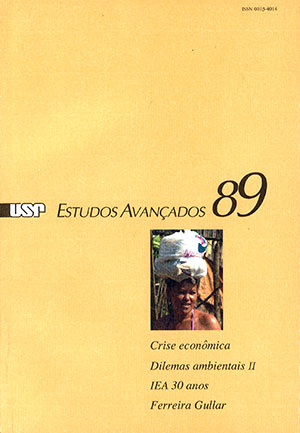O azarado Macunaíma
Keywords:
Macunaíma, Morphology of history, Myth, Progress, Entropy, InorganicAbstract
What is the meaning of the successive misfortunes of Macunaíma, especially in the final chapters, when, in possession of the lucky amulet, neither fortune nor happiness come to him, but instead only an increasingly accelerated process of entropic degradation? One of the purposes of this article is to show, on the one hand, the character's bad luck as a structural repetition, developed within the scope of the "morphology of history" captured by the book, and, on the other hand, how this permanent misfortune functions as a mythical signifier of permanent helplessness. In this sense, the character is understood as a synthesis of the experiences of the vast sector of the Brazilian population that Caio Prado Jr. called inorganic. Such an interpretation has consequences for thinking the inadvertent mimesis of reality operated by the work and the relation with the notion of progress suggested therein.Downloads
Download data is not yet available.
Downloads
Published
2017-04-01
Issue
Section
Art, Literature and Cinema
License
Estudos Avançados não celebra contrato de cessão de direitos autorais com seus colaboradores, razão pela qual não detém os direitos autorais dos artigos publicados. Os interessados em reproduzir artigos publicados na revista devem necessariamente obter o consentimento do autor e atribuir devidamente os créditos ao periódico.
How to Cite
Figueiredo, P. (2017). O azarado Macunaíma. Estudos Avançados, 31(89), 395-414. https://journals.usp.br/eav/article/view/132438


